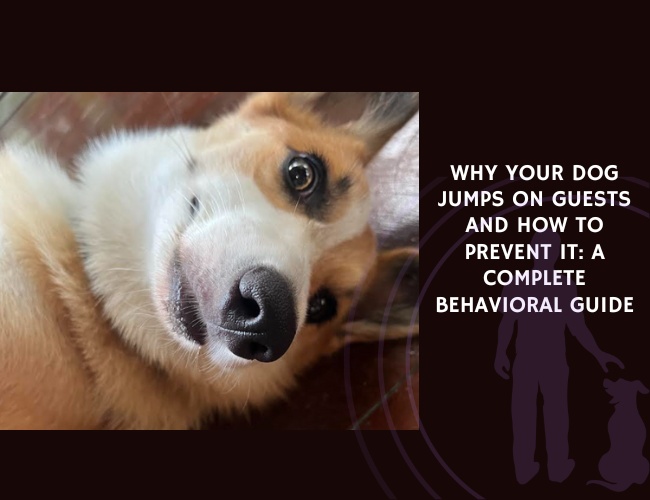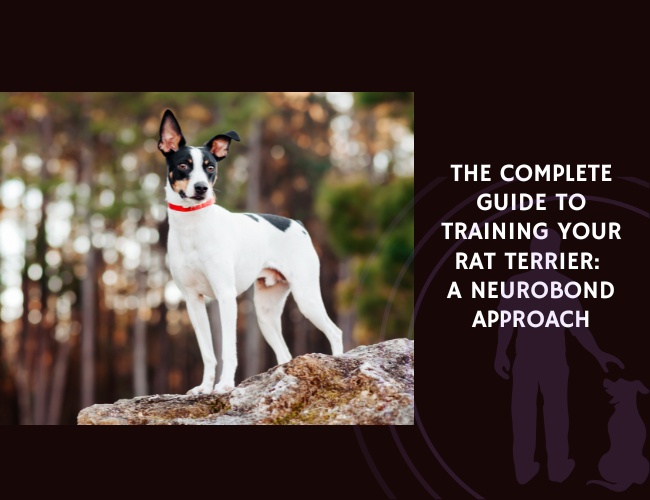In their 2016 work on dog social behavior and communication, J. Bradshaw and N. Rooney emphasize that the success of domestic dogs stems from their ability to interact socially both with other dogs and with humans. This ability is rooted in the grey wolf’s social repertoire but has been significantly shaped by domestication.
Traditional views on canine behavior often borrowed from studies of captive wolves, which portrayed wolf packs as rigid dominance hierarchies led by “alpha” individuals. However, field studies of wild wolves, such as those by L. David Mech, have revealed that natural wolf packs are family units. In these, young adults help raise pups before dispersing, and the breeding pair are simply the parents of the group. The term “alpha,” in this context, becomes unnecessary—essentially meaning “parent.”
The classic dominance hierarchy model originated from studies of unrelated adult wolves confined together in captivity, where competition and aggression were heightened. In contrast, in wild packs, cooperation and kinship dominate social organization. This shift in understanding challenges the validity of dominance-based training methods for domestic dogs, highlighting the importance of recognizing dogs as socially cooperative animals rather than constant competitors for rank.
By reframing the social dynamics of both wolves and dogs, Bradshaw and Rooney’s analysis encourages a move toward training and management approaches that foster trust and collaboration, aligning more closely with natural canine social systems.
Source: Bradshaw, J., & Rooney, N. (2016). Dog social behavior and communication. pp. 133–159.










